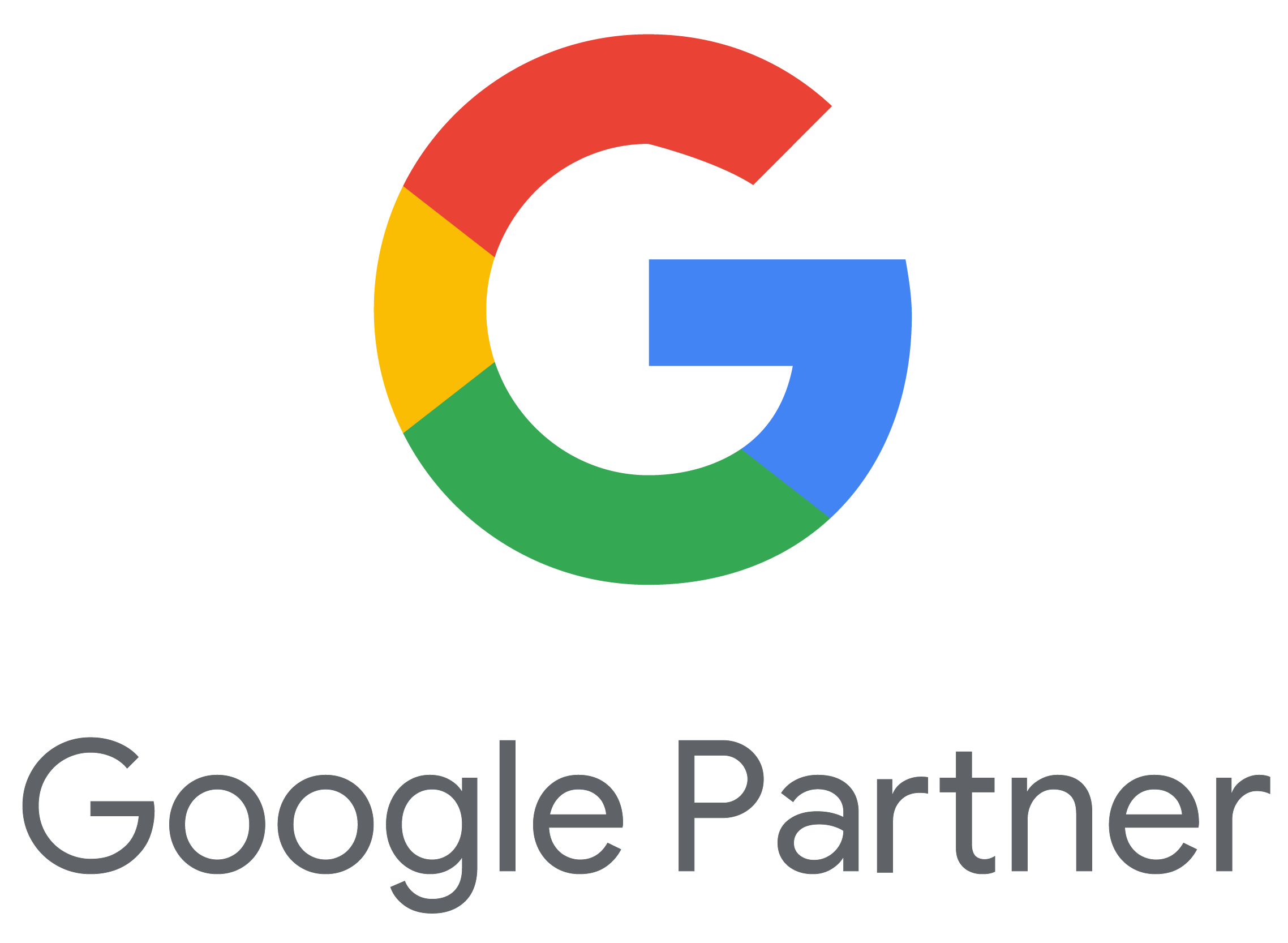International Student Recruitment: Digital Marketing Strategies to Attract Global Applicants

Imagine your university bustling with a vibrant mix of students from around the world, each bringing a unique perspective that enriches your campus culture.
This is the potential that effective digital marketing unlocks in the realm of international student recruitment.
As higher education becomes more global, the competition to attract these students intensifies.
This blog post is your go-to guide to deploying innovative digital marketing strategies that capture the attention of international students and draw them to your institution.
Get ready to transform your international recruitment efforts and connect with a global audience like never before.
Understanding the Landscape of International Student Recruitment
Current Trends in International Education
The world of international education is evolving—fast.
More students are looking abroad for quality education, cultural experiences, and better career opportunities. But where are they going, and why?
- Shift in Study Destinations: While the U.S., UK, Canada, and Australia remain top choices, emerging destinations like Germany, the Netherlands, and South Korea are gaining popularity due to lower tuition fees and progressive visa policies.
- Influence of Global Events: The COVID-19 pandemic reshaped the way students choose countries—safety, healthcare, and online learning infrastructure now play a critical role.
- Rising Competition: Institutions worldwide are increasing their international recruitment budgets, making it harder to stand out without a clear digital strategy.
Interactive data insight: Recent statistics from ICEF Monitor show that international student enrollment is expected to grow by over 50% in the next decade, driven by increasing demand from Asia and Africa.
Challenges Faced by Institutions
Despite the growth, institutions face unique hurdles when recruiting globally.
- Visa and Policy Barriers: Changes in immigration laws and political climates can instantly impact student flows. For instance, Brexit significantly altered the UK’s recruitment landscape.
- Cultural & Language Barriers: A one-size-fits-all marketing message doesn’t work. Understanding local customs, values, and language is key to building trust.
- Digital Accessibility: Not all students have equal access to high-speed internet or the same preferred platforms—campaigns must be adapted accordingly.
Pro Tip: Use region-specific student personas to tailor your messaging, platforms, and timelines.
Digital Marketing Strategies for Effective Recruitment
Website Optimization for International Students
Your website is the first impression many international students will have of your institution. Make it count.
- Multilingual Support: Offer translated content for key markets—Chinese, Spanish, Arabic, and French are often top priorities.
- Localized Content: Customize information based on region, such as visa guidance, cost of living, or cultural tips.
- Fast Load Speeds: Ensure your site loads quickly globally by using a Content Delivery Network (CDN).
- Mobile Optimization: Most international students access information via mobile—your site must be mobile-first.
- Clear CTAs for Global Users: Use location-aware CTAs like “Apply from India” or “Speak to a Nigeria-based Advisor.”
Example: The University of British Columbia offers a regional content hub with localized application steps, student stories, and country-specific events.
Leveraging Social Media to Reach Global Audiences
Social media isn’t just for Gen Z—it’s the heartbeat of international engagement.
- Know the Platforms:
- China: WeChat, Weibo
- India: Instagram, YouTube
- Middle East: Snapchat, Facebook
- Latin America: WhatsApp, Facebook
- Create Regional Campaigns: Don’t post the same content everywhere. Localize visuals, language, and even timing.
- Use Paid Social Ads: Target users by language, location, and behavior. Promote scholarships, student life, and alumni stories.
- Engage with Influencers: Collaborate with international alumni or current students who act as cultural bridges.
Case Study: Monash University ran a targeted TikTok campaign in Vietnam, using student influencers to share “a day in the life” content—boosting applications by 22%.
Using Content Marketing to Engage Prospective Students
High-value content builds trust and drives conversions.
- Start a Blog Series: Focus on topics like “Top Scholarships for Indian Students” or “What to Pack Before Studying in Germany.”
- Offer Downloadables: Create country-specific admission checklists or eBooks.
- Webinars & Virtual Fairs: Host regionally timed sessions with admissions officers and current international students.
- Video Marketing: Short videos of campus life, testimonials, or step-by-step application guides work incredibly well.
Example: The University of Melbourne uses video storytelling on YouTube with subtitles in multiple languages, attracting high engagement from Southeast Asia.
Email Marketing and CRM Systems
Email is still one of the most effective tools—when done right.
- Segment by Country and Interests: Avoid generic emails. Personalize based on inquiry data, program preferences, and application stage.
- Automated Workflows: Set up drip campaigns that nurture leads over time—especially important for long application cycles.
- CRM Tools:
- Recommended for global recruitment: HubSpot, Slate, Salesforce Education Cloud
- Use CRMs to track interactions, schedule follow-ups, and personalize communication at scale.
Pro Tip: Add cultural holidays and admission deadlines to your email calendar to increase relevance.
Advanced Techniques and Emerging Technologies
AI and Analytics in Student Recruitment
Modern recruitment isn’t just creative—it’s data-driven.
Artificial Intelligence and analytics tools are transforming how institutions identify, attract, and convert international students.
- Predictive Modeling: AI can analyze historical data to predict which countries or profiles are most likely to convert.
- Chatbots for 24/7 Support: Tools like Drift or Intercom help answer FAQs in multiple languages—instantly.
- Behavior Tracking: Platforms like Google Analytics and Hotjar show how international visitors interact with your site. Use this to optimize user journeys.
- Lead Scoring: Rank inquiries based on engagement and demographic data to prioritize high-potential applicants.
Example: Arizona State University uses AI to identify leads most likely to enroll—helping increase their international yield by 18%.
Mini-Tutorial:
- Set up Google Analytics 4 with custom events for form submissions.
- Segment traffic by geography.
- Use insights to localize landing pages and tweak CTAs.
Virtual Reality and Interactive Experiences
Think beyond brochures—immerse them in your campus.
- Virtual Campus Tours: Tools like YouVisit or Matterport let prospective students explore dorms, classrooms, and common areas in 360°.
- AR Filters and Experiences: Let students “try on” your campus experience through Instagram AR filters or VR apps.
- Interactive Maps: Showcase local hotspots, transit routes, and student housing.
- Immersive Webinars: Use tools like Hopin or Airmeet for gamified open houses or panel discussions.
Case Study: University of Illinois created a VR welcome tour that was sent via cardboard headsets to students in India—resulting in a 31% increase in campus visit confirmations.
Pro Tip: Highlight accessibility—ensure VR content works on basic smartphones and low-bandwidth connections.
Regional Focus: Tailoring Strategies to Key Markets
When it comes to international student recruitment, cultural sensitivity isn’t optional—it’s essential.
What resonates with a student in Vietnam might completely miss the mark in Brazil. That’s why a blanket approach to marketing across countries rarely works. Institutions that win globally are the ones that localize—intelligently and authentically.
Understand the Culture Before You Communicate
Every market has its own expectations, values, and unspoken rules. The more you understand your audience, the better your message will land.
Here’s how cultural nuances shape your strategy:
- Messaging tone:
In Japan, a formal, achievement-focused tone performs well. In Brazil, a casual and emotionally engaging approach connects better. - Visuals:
Middle Eastern audiences often prefer conservative visuals that reflect local customs, while Scandinavian and European students may appreciate minimalist, design-forward layouts. - Decision-making dynamics:
In many Asian and African countries, parents are key decision-makers. Ignoring them in your messaging is a missed opportunity. Include parent-focused FAQs, webinars, and safety information.
Example:
The University of Toronto launched a parent-focused video series for its India recruitment campaign. It addressed common concerns like accommodation safety, job placement, and affordability—resulting in a 19% drop in dropout-related inquiries.
Tell Stories That Reflect Local Aspirations
A powerful way to connect with international audiences is to share success stories of students from their region.
Whether it’s a Nigerian student landing a top internship or a Malaysian graduate launching a startup post-degree—these stories build trust and make your university feel more relatable.
“Cultural fluency is more powerful than a big ad budget.”
— Maria Chang, Global Education Consultant
Create content that says: We see you, we understand you, and we’ve helped students like you succeed.
Don’t Just Localize—Comply
Marketing globally also means navigating different privacy laws and digital regulations. Compliance isn’t just about avoiding penalties—it’s about building credibility.
Here’s a quick snapshot of key laws to keep in mind:
- GDPR (Europe):
You must collect explicit consent before storing personal data. Always provide unsubscribe links and data access options. - PIPL (China):
Even stricter than GDPR. You’ll need localized hosting, user consent, and data transfer protocols. - CAN-SPAM (USA) & CASL (Canada):
Every marketing email must include a clear sender ID and opt-out mechanism.
Tips to stay compliant:
- Use geo-targeted lead forms with custom consent language.
- Add a clear privacy policy to all campaign landing pages.
- Consult with local legal or digital marketing experts before launching major campaigns in regulated markets.
How AdClear Can Enhance Your International Student Recruitment
Navigating the complexities of international student recruitment requires a nuanced approach, considering factors like cultural differences, regional regulations, and diverse digital platforms. AdClear, a specialized digital marketing agency for the education sector, offers tailored solutions to address these challenges effectively.
Key Benefits of Partnering with AdClear:
- Expertise in Education Marketing: AdClear focuses exclusively on higher education institutions, understanding the unique dynamics of student recruitment and engagement.
- Comprehensive Digital Strategies: From SEO and content marketing to social media management and PPC campaigns, AdClear provides a full spectrum of services designed to increase your institution's visibility and appeal to prospective international students.
- Data-Driven Decision Making: Utilizing advanced analytics, AdClear helps institutions understand market trends and student behaviors, enabling more informed and effective marketing strategies.
- Localized Campaigns: Recognizing the importance of cultural nuances, AdClear crafts region-specific campaigns that resonate with target audiences, enhancing engagement and conversion rates.
By collaborating with AdClear, your institution can navigate the complexities of international student recruitment more effectively, leveraging tailored digital marketing strategies to attract and enroll a diverse student body.




